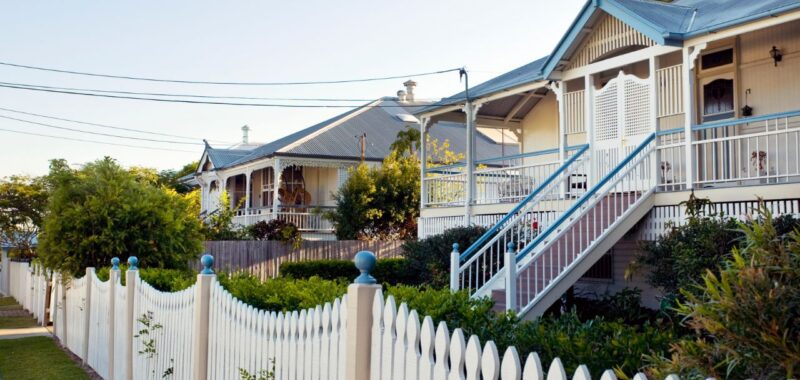Queensland will now enforce minimum housing standards across all residential tenancies, providing clearer guidelines on the condition and inclusions of rental properties.
While rental properties have always needed to be kept in good repair, the new standards delve into specific requirements that must be met to ensure the safety, security, and functionality of rental properties.
With the introduction of these standards, the property industry is expected to see a more consistent approach to rental property conditions across Queensland, said Brooke Willis, Director of Brooke Willis Property.
“I think it’s a good thing because it’s now black and white with regards to the standard for a rental property,” she said.
Ms Willis said that the transition has been smooth for most of her clients, who were well-prepared for the new requirements.
“Most of our clients have been really receptive to it. We do a lot of pre-education around it, so it’s not like they’ve been caught off guard. They’ve had a lot of warning that they’re obviously coming into effect, and most of them already adhere to the minimum housing standards anyway.”
She said the new regulations remove the ambiguity around responsibilities, particularly for issues like locks, latches, and pest control, which have often been grey areas in the past.
“Now that those standards are in place, there’s a clear expectation of what is the landlord’s responsibility, so it’s much easier for us to enforce what needs to be done.”
The Real Estate Institute of Queensland (REIQ) has been a driving force behind these new standards, advocating for clearer and more detailed housing regulations since 2016.
REIQ CEO Antonia Mercorella said the introduction of these standards are a significant step forward for both tenants and property owners.
“These minimum housing standards set a reasonable benchmark for rental property conditions and are crucial for ensuring tenant safety, security, and privacy,” she said. “Ensuring that tenants and visitors can reside in the home safely is paramount, not only to protect them, but also to safeguard against potential liability risks for the property owner and property manager.”
The new standards are expected to reduce disputes between property owners and tenants by providing clear expectations, including specific instructions that that external windows and doors must have functional locks, and that window coverings such as blinds, curtains, or glass tinting must be provided in rooms where privacy is reasonably expected.
Ms Mercorella noted that most rental properties should already be compliant with the new standards. “These standards should not come as a shock to property owners – there has been a transition period ahead of their commencement, and the REIQ has used this time to educate property managers, who in turn have informed their clients.”
The REIQ has played a pivotal role in educating property managers to ensure compliance, but she pointed out that issues often arise when landlords manage their properties without professional guidance, leading to ignorance or disregard for the law.
“Sadly, there are some property owners who are offering properties that are neither safe nor suitable for rent. In these cases, there are now harsher penalties and legislative consequences where potentially QCAT could make an order preventing that property from being rented out until it is brought up to standard,” she cautioned.
Ms Mercorella also advised property managers to be aware that tenants are not required to pay increased rent if it relates to compliance with the prescribed minimum housing standards. Tenants may apply to the Queensland Civil and Administrative Tribunal (QCAT) to reduce or set aside proposed rent increases that are linked to these compliance measures.
What are the prescribed minimum housing standards?
Safety and Security
The new regulations specify that premises must be weatherproof, structurally sound, and in good repair. Roofing and windows must prevent water from entering the premises during rain. Additionally, all fixtures and fittings, including electrical appliances, must be in good repair and not pose a risk of injury through ordinary use.
The standards also require functioning locks or latches on all external windows and doors that can be accessed without a ladder, ensuring the premises are secure against unauthorised entry. Properties must also be free from vermin, damp, and mould, except where caused by tenant actions. Privacy is another key component, with the requirement for window coverings in rooms where privacy is reasonably expected, such as bedrooms. These coverings can include blinds, curtains, tinting, or glass frosting.
Reasonable Functionality
Under the new standards, premises must have adequate plumbing and drainage for the number of occupants, with connections to a water supply that provides hot and cold water suitable for drinking. Bathroom and toilet facilities must offer privacy and be fully functional, including proper flushing and refilling, and must be connected to a suitable waste disposal system. Kitchens, if included, must have a functioning cook-top, and laundries must include the necessary fixtures to be functional, excluding whitegoods.

